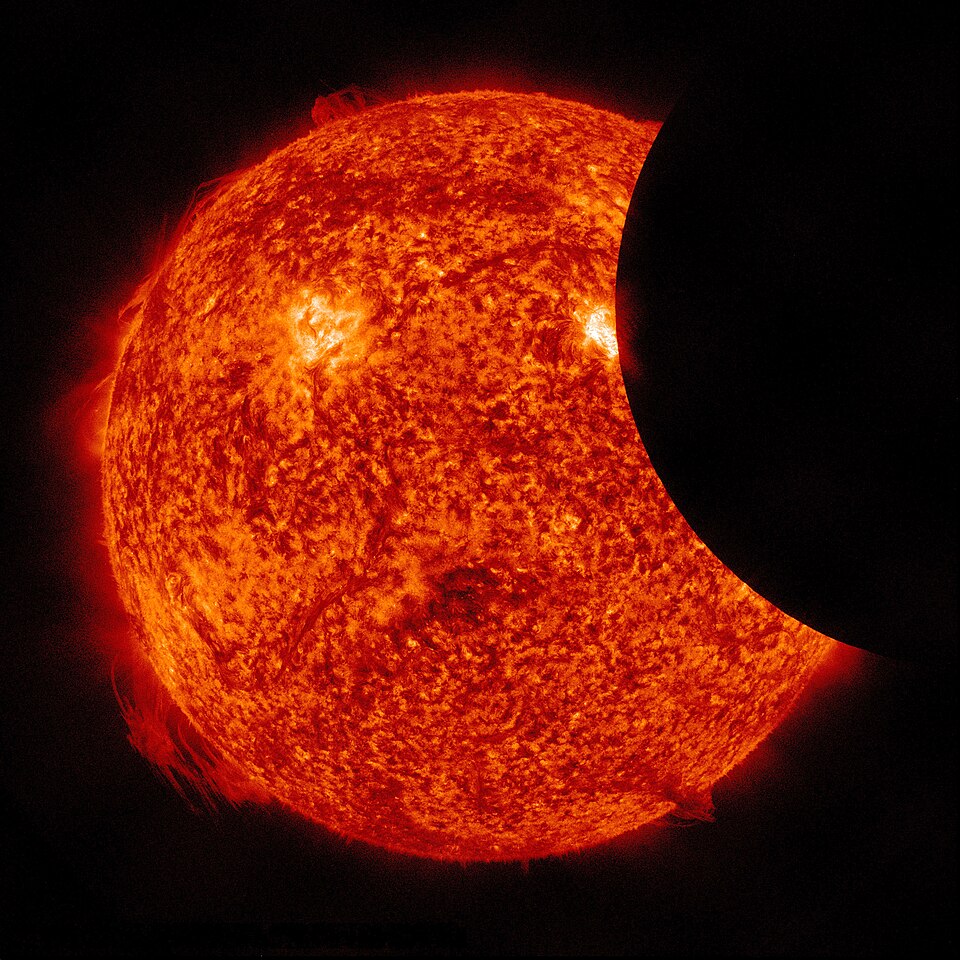NASA's Solar Dynamics Observatory Captures Dual Solar Eclipses in One Day

On July 25, 2025, NASA's Solar Dynamics Observatory (SDO) achieved a remarkable milestone by capturing two distinct solar eclipses within a single day, showcasing the intricate interactions between celestial bodies. The SDO, which operates in geosynchronous orbit above North America, serves a critical role in monitoring solar activity and provides vital data about phenomena such as sunspots, solar flares, and coronal mass ejections.
The first eclipse occurred around 2:40 UTC, coinciding with a lunar transit where the Moon crossed the SDO's field of view. This event, visible exclusively from the satellite's perspective, resulted in a partial solar eclipse that obscured approximately 62 percent of the solar disk at its peak. "Such lunar transits typically align with the New Moon phase, but the precise alignment of the SDO's orbit with the Moon's tilted orbit is crucial for these observations," explained Dr. Emily Carter, an astrophysicist at the Massachusetts Institute of Technology (MIT). According to NASA, this marked the fourth lunar transit observed by SDO in 2025, with varying degrees of solar coverage noted during previous events earlier in the year.
Later in the day, from approximately 6:30 UTC to 8:00 UTC, the Earth itself obstructed the satellite's view of the Sun, creating a unique eclipse scenario. The atmospheric effects of Earth resulted in a hazy edge in the captured images, contrasting with the sharper delineation observed during the lunar transit. "This interaction highlights the complexities of solar observations from space, as Earth can create a significant impact on data collection," noted Dr. Alan Greene, Director of the Solar Physics Research Institute.
The SDO has two eclipse seasons annually, with the current season running from July 10 to August 7, 2025. During these periods, the satellite experiences temporary blackouts in solar imagery as Earth periodically obstructs its view. This dual eclipse occurrence on July 25 is particularly noteworthy, as it represents a rare alignment where both the Moon and Earth eclipsed the Sun on the same day.
The significance of such observations extends beyond mere astronomical curiosity. These events provide critical insights into solar dynamics and contribute to our understanding of space weather, which can have profound effects on satellite operations and communications on Earth. "Monitoring solar activity is essential for predicting space weather events that can disrupt technological systems on our planet," emphasized Dr. Sarah Johnson, a solar physicist at Stanford University.
In conclusion, the July 25 eclipses captured by NASA's SDO not only exemplify the intricate dance of celestial bodies but also underscore the importance of continuous solar monitoring in safeguarding Earth's technological infrastructure. The ongoing research conducted by NASA and associated institutions will further enhance our understanding of solar phenomena, potentially leading to improved forecasting of solar-related disruptions in the future.
Advertisement
Tags
Advertisement





